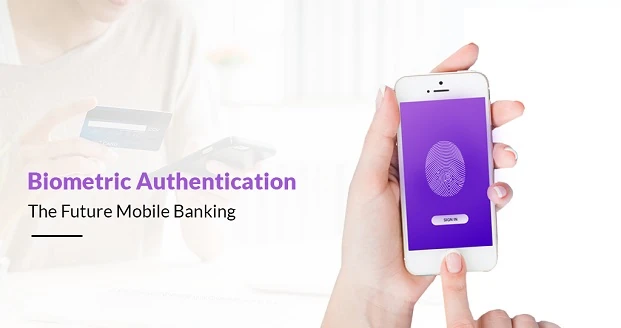
|
Getting your Trinity Audio player ready...
|
Almost all financial institutions are now relying on biometric technologies to secure their mobile banking services. These methods include fingerprint authentication and voice recognition. These methods provide an extra layer of security and ensure that your financial data is not compromised.
Voice Recognition
Adding voice technology to mobile banking is an exciting way to increase security. However, there are also potential pitfalls.
A recent report from Microsoft found that nearly four in ten voice users are concerned about their privacy. This may be due to the need for a standard for voice technology.
Another issue is that voice technology still needs to be improved. Some experts have pointed out that voice authentication technology is still in its infancy. This may cause users to worry that banking apps are listening to them. It also means that voice technology may only be ideal for some financial institutions.
Some banks have already implemented voice recognition in their call centres. However, voice technology in banking is still in its infancy. It may take several years for voice technology to take off truly.
Behavioural Biometrics
Behavioural biometrics is a powerful tool for secure mobile banking. They provide a window into a scam as it unfolds and can help prevent account takeover fraud before it happens. They also help banks provide an enhanced user experience and to avoid cyber fraud.
Behavioural biometrics use algorithms to detect unique patterns in digital behaviour. They can spot sudden changes in behaviour. It can also see when a user is acting under duress or coercion. These patterns can be corroborated with other UBA information to help reduce the false positive rate.
In banking, behavioural biometrics provides account opening protection, account takeover protection, and social engineering scam detection. They work behind the scenes and do not require the user to take additional actions.
Behavioural biometrics does not capture personally identifiable information. They do not require users to enter passwords and do not require a bank to share personal data with customers.
Touch ID Authentication
Using biometric technology, banks can securely secure their mobile banking applications. Customers can now use their fingerprint, palm, or face to unlock banking apps. Banks can then perform transactions from a mobile device without entering a password. It is a convenient way to identify customers and helps to prevent fraud and identity theft.
Biometric identification is not new and has become more common in recent years. Consumers have shown that it works well. A survey by Experian found that biometrics is as secure as password systems.
As a result, banks are recognizing the benefits of using biometrics for virtual onboarding. This includes auto-filling customer details on bank account forms and securing mobile banking transactions.
A biometric banking system can help financial institutions secure their mobile banking apps and maintain a concrete audit trail of transactions. It can also help prevent fraudulent activity and enhance customer trust.
Fingerprint Payment Solution
Increasingly, banks are using biometric technology to secure mobile banking. This allows them to authenticate customers easily and protect their information. Biometrics also improves accountability. The technology leaves an audit trail for every transaction. Biometrics can verify new users, open new accounts, or authorize in-store purchases.
The use of biometrics is increasing as more banking institutions realize that it is the future of banking. Biometrics is being used for customer identification in dozens of banks worldwide. In addition to reducing fraud, biometrics also improves customer trust. Having biometrics on banking applications allows customers to securely access their funds, complete transactions, and report stolen cards from their mobile devices.
Many banks are also using biometrics for virtual onboarding. Customers can sign up for accounts online or via a mobile application.
Regulatory Compliance
Regulatory compliance is a crucial concern for financial institutions that offer mobile banking. These institutions must ensure that their apps are safe and secure. They must also make sure they comply with privacy regulations. There are several strategies for mitigating risks and ensuring that mobile banking applications are closed.
Biometric authentication provides security in several ways. It can prevent ID theft and account takeovers, make security more convenient and help improve customer experience. Financial institutions can use biometrics to authenticate banking customers across multiple channels. They can also use to provide a foolproof audit trail.
Biometric out-of-band authentication uses the ubiquity of mobile devices to authenticate customers. Depending on the user’s circumstances, authentication may involve receiving a one-time passcode, using voice recognition or receiving a fingerprint.
Author Bio
Tobin John is a professional academic writer settled in the UK. He has been providing dissertation writing services for over 5 years. He has written over 100 dissertations and essays for students of different academic levels and has always delivered high-quality work. He started as an essay-writing expert and has extensive experience in all kinds of academic writing, varying from essay writing to dissertation writing.


